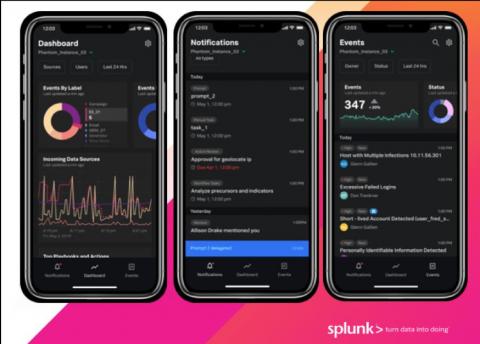Automated Incident Response with SOAR
Cybersecurity incidents are the norm of the day. No organization has impunity. When a cybersecurity incident occurs, incident responders have to immediately respond to contain the incident and mitigate the damage. To this end, they have to execute the Incident Response Processes (IRP). Doing it manually is expensive and time-consuming and also less effective if your organization is facing too many incidents on a weekly or monthly basis.





